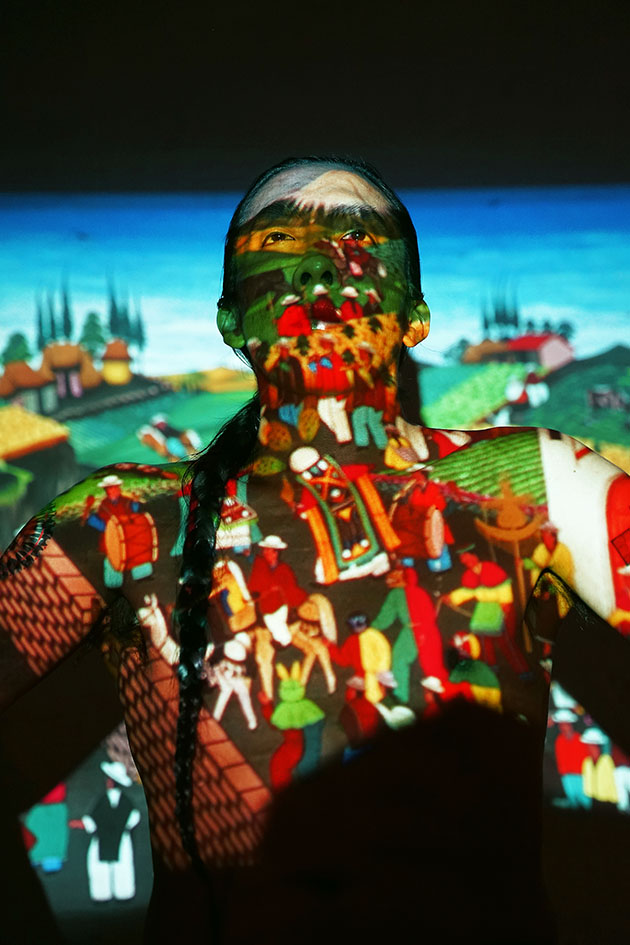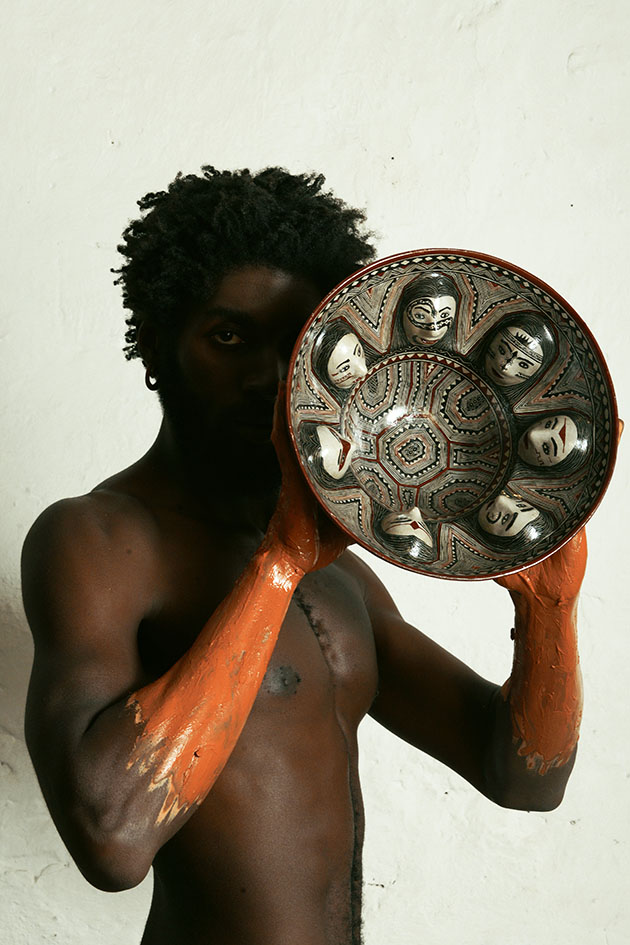There is currently a resurgence in interest in what is handmade, antagonistic to industrial products developed on a chain. A new value has been given to craftsmanship in the contemporary world, where sustainable work, the conservation of traditional techniques and individual creative expression have finally become visible in many cases, ―although there are no shortage of exceptions, of course―. The aesthetics and cultural meaning of artisanal works often reflect the reality of geographies, worldviews, and the symbiotic relationship that communities have with their environments. Therefore, when we talk about craftsmanship, we certainly talk about the production of pieces that combine creativity, skill and intergenerational knowledge that dispense with mass automated processes.
Victoria Novelo mentions that: “in matters of craftsmanship, admiring is not enough”, thus, it is widely necessary to generate a reevaluation of the concept of applied and decorative arts in the context of artisanal practices within Latin America. How can they be understood in their plastic and creative contexts? What does artistic creation entail in non-academic spaces, with solid and ancestral knowledge? What is craftsmanship in the 21st century? The term “popular arts,” as they are normally known, derives from a name that began with an undervalued nature, which established a division between works that were the product of “academic plastic training,” and “popular” works produced “spontaneously,” but based on the traditions of old crafts - although many of them are exhibited in galleries and, nowadays, share a floor with "works of contemporary art" -.
This is mentioned in quotes, because this hierarchy obeys the slang and understanding of the art market, as well as the meaning that potential clients give to a piece - let's say, artisanal -. How to differentiate what is art and what is not? Important puzzle, potential dilemma. However, to identify what is or is not craftsmanship, with its applied arts techniques, the differentiation has been, even in the smallest case, much more uncomplicated. Is this appropriate or not?
This labyrinthine and multifaceted theme is framed in cultural, historical and even philosophical contexts; with intersections that in our century are even part of manual techniques applied within the endorsed artistic practice, together with collaborations made with renowned artists.
Therefore, questioning the hierarchies between the various artistic disciplines should not be the crux of the reflection, but rather asking about more pertinent instances such as the reality of the authors, the materials and, for example, the functionality of the product. final.
Simultaneously, we can also ask ourselves why the majority of artisans live in anonymity. If we start from the premise that popular arts are equally applied or decorative arts, that they comply with diverse technical processes and that also incorporate their environment at a material and knowledge level, then it is worth questioning why "normally" these people are not named alongside their creations.
The authenticity and uniqueness of a handmade or artisan work - as they can also be called, because they are made by a person with special skill, mastery and dexterity - offers the market what is considered "the value of the difference", an aspect that incorporates ancient roots with artistic contributions, which must be appreciated and recognized, with a first and last name.
While art is usually valued for its historical, aesthetic and symbolic value, craftsmanship often also highlights the functionality and beauty of an intrinsic culture. The tensions between these aspects can lead to interesting debates that focus on the recognition of the people who create the works in question, examining how these elements coexist and collide both in current practice and throughout the history of art.
Time cannot be emptied of the human experience and the integral process that entails the creation of each craft that, individually, entails a story and this, in turn, the life of a person. By virtue of this, it is sensitively urged to look beyond the large amount of valuable information collected in studies, records and various documents, reports and efforts, in the negotiations - often unbalanced - in the differences, in the which means being bearers of ancient knowledge, beings of flesh and blood who become responsible for the maintenance of ancient processes that without them would become extinct. As an empathetic society, it is the duty of everyone to have the necessary awareness and respect to consolidate, with our actions, the care of this delicate knowledge that identifies the artisan as unique and unrepeatable people within the history of humanity.
*Special for Hilario. Arts Letters Trades and for the Mundana Magazine, from Ecuador.


